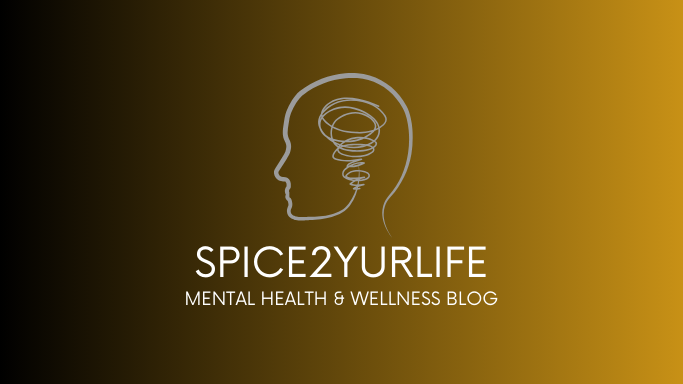Effective communication between parents and teachers is crucial for a student’s academic success and overall well-being. It fosters a collaborative environment where both parties work together to support the child's development. In this blog post, we'll explore the importance of parent-teacher communication, best practices for maintaining a healthy dialogue, and tools that can enhance this vital relationship.
The Importance of Parent-Teacher Communication
1. Building Trust and Understanding:
Open lines of communication help build trust between parents and teachers. When both parties regularly exchange information, it leads to a better understanding of the student’s needs, strengths, and challenges. This trust is the foundation of a supportive educational experience.
2. Enhancing Student Performance:
When parents and teachers communicate effectively, they can identify and address issues early, which can prevent small problems from becoming significant obstacles. Parents who are informed about their child’s progress can reinforce learning at home, contributing to better academic outcomes.
3. Supporting Social and Emotional Development:
Teachers often observe students in social settings and can provide insights into their social skills and emotional health. By sharing these observations with parents, teachers help ensure that students receive the support they need both at school and at home.
4. Creating a Collaborative Environment:
When parents and teachers collaborate, it sends a powerful message to students that their education is a priority. This united front can motivate students to engage more deeply with their learning and take responsibility for their education.
Best Practices for Effective Communication
1. Regular and Proactive Updates:
Rather than waiting for issues to arise, teachers should proactively share updates on a student's progress. Regular communication can take the form of weekly emails, progress reports, or brief notes sent home. This keeps parents informed and involved in their child’s education.
2. Two-Way Communication:
Communication should not be one-sided. Teachers should encourage parents to share insights about their child’s learning style, interests, and any concerns they may have. This two-way dialogue ensures that both parties are actively engaged in supporting the student.
3. Use of Multiple Channels:
Different parents prefer different methods of communication. Some may prefer email, while others might appreciate phone calls, in-person meetings, or even text messages. Offering multiple channels of communication ensures that parents feel comfortable and are more likely to engage.
4. Be Clear and Concise:
Teachers should strive to communicate clearly and avoid educational jargon that may confuse parents. Concise communication that focuses on specific observations, actions, and outcomes will help parents understand the situation and how they can help.
5. Focus on Positives, Not Just Problems:
While it’s important to address areas where a student may be struggling, it’s equally important to highlight their successes and strengths. Positive reinforcement not only encourages students but also builds a more optimistic and supportive relationship between parents and teachers.
Tools to Enhance Parent-Teacher Communication
1. Digital Communication Platforms:
Platforms like ClassDojo, Remind, and Seesaw offer easy ways for teachers to communicate with parents. These tools allow for instant messaging, sharing of updates, and even sending photos or videos of student activities.
2. Parent-Teacher Conferences:
Scheduled conferences are a traditional but highly effective way to discuss a student’s progress in detail. These meetings provide an opportunity for in-depth conversations and collaborative problem-solving.
3. Learning Management Systems (LMS):
Many schools use LMS platforms like Google Classroom or Canvas, which allow parents to monitor their child’s assignments, grades, and feedback from teachers. This transparency helps parents stay informed about their child’s academic responsibilities.
4. Newsletters and Bulletins:
Regular newsletters or bulletins can keep parents informed about what’s happening in the classroom and the school. They can include important dates, curriculum highlights, and tips for supporting learning at home.
Effective parent-teacher communication is a cornerstone of student success. By fostering open, honest, and regular communication, teachers and parents can work together to create a supportive and enriching educational environment. Embracing best practices and utilizing modern tools can help bridge the gap between home and school, ensuring that every student receives the guidance and support they need to thrive.







No comments:
Post a Comment